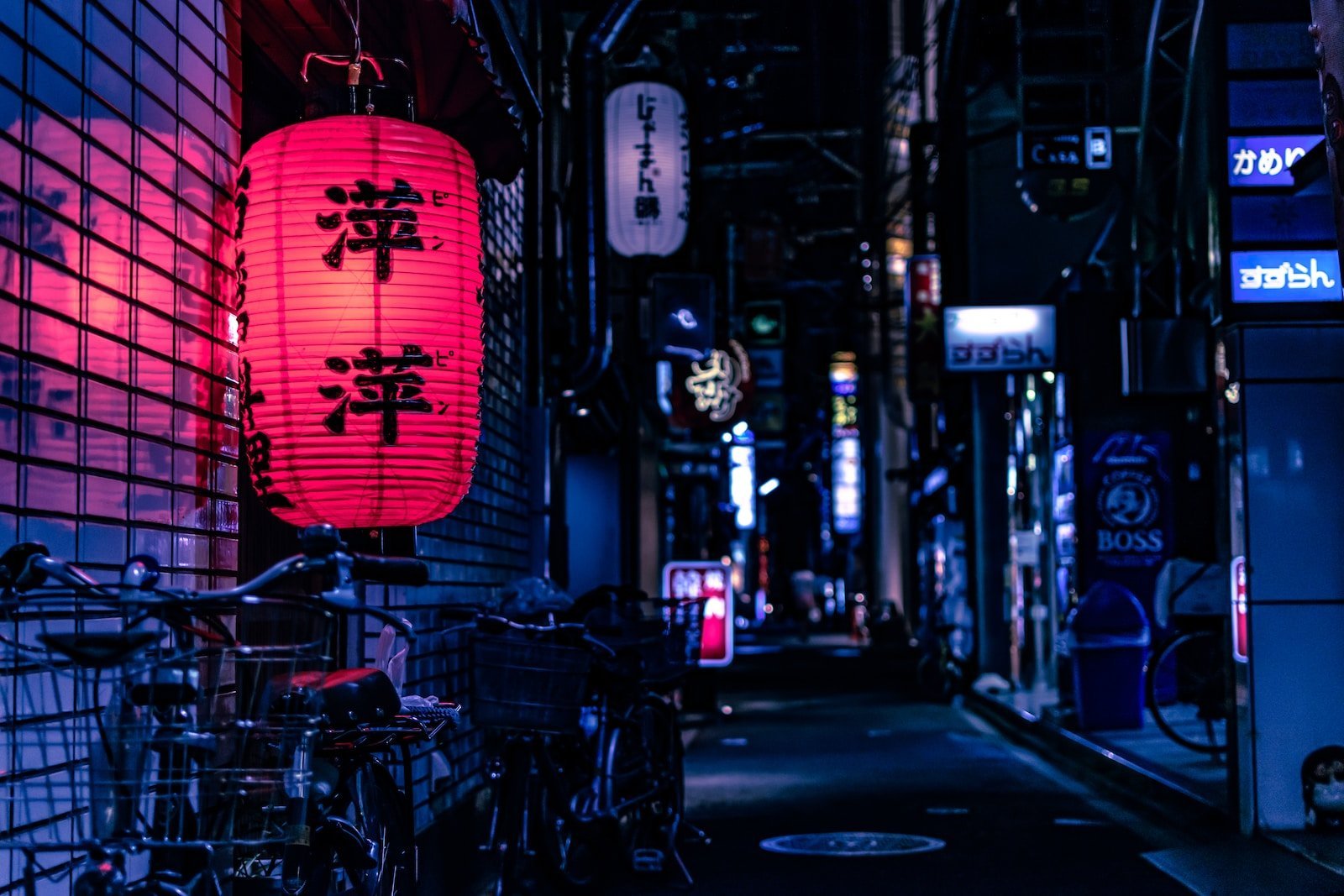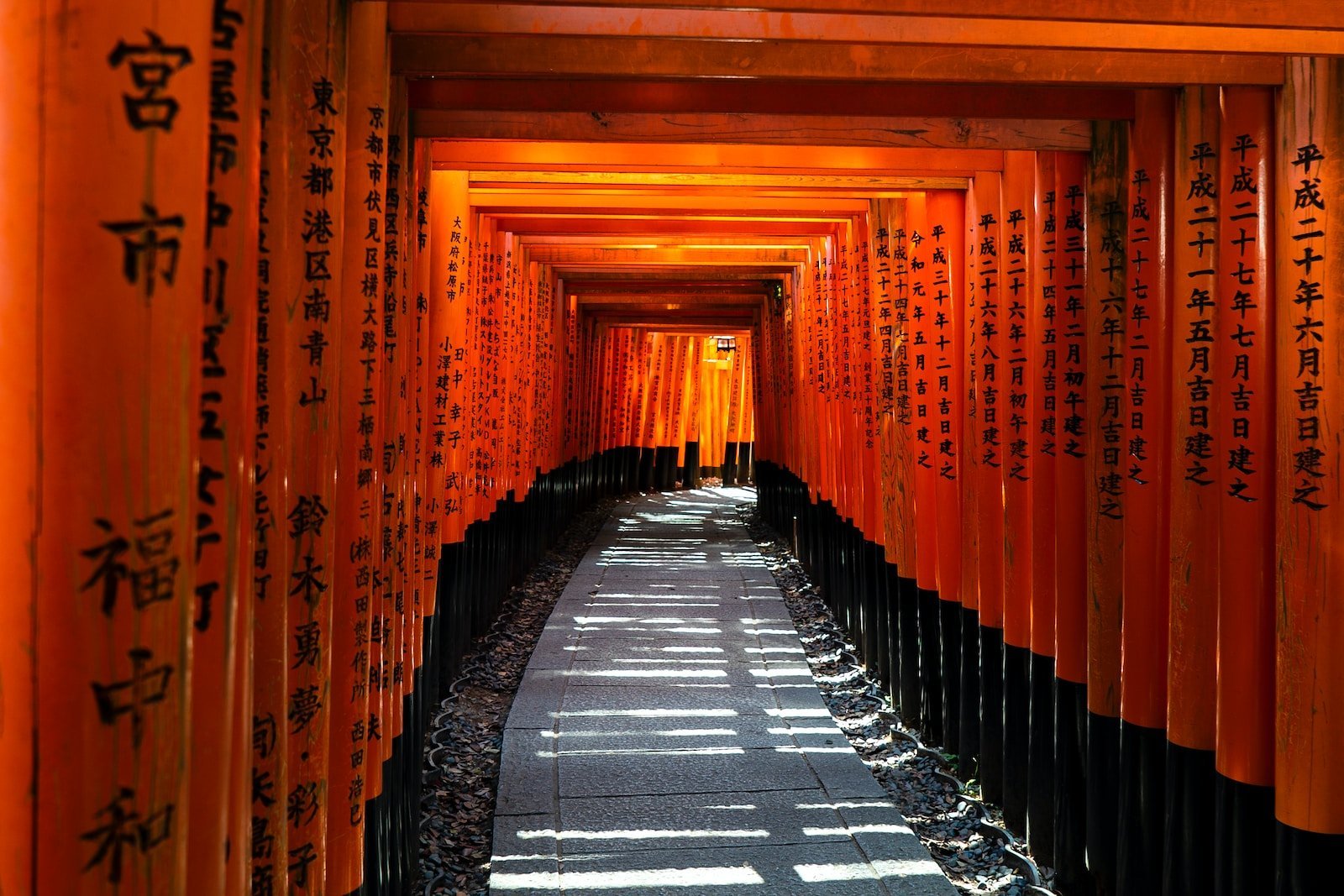The Art of the Bow: When and How Should You Bow in Japan?
In Japan, bowing is more than a mere formality; it’s a dance of respect, an unspoken language of humility and honor. Whether you’re meeting someone for the first time or entering a traditional tea house, the bow is a central part of Japanese interaction.
- The Casual Bow: A slight nod of the head or a 15-degree bow, used among equals.
- The Respectful Bow: A deeper, 30-degree bow, often used when apologizing or showing a higher degree of respect.
- The Deep Bow: Reserved for special occasions or to convey deep gratitude or apologies, this 45-degree bow is the most formal.
Understanding the subtleties of when and how to bow can enhance your interactions and show your appreciation for Japanese culture.
Dining with Grace: What are the Dos and Don’ts at a Japanese Table?
Japanese dining is a beautiful ritual, filled with customs that reflect the nation’s values of harmony, respect, and purity. Here’s how to navigate a meal:
- Chopstick Etiquette: Hold your chopsticks towards their end, not in the middle or the front third. Avoid sticking them upright in a bowl of rice, as it resembles a funeral ritual.
- Saying Grace: Before eating, it’s customary to say “Itadakimasu,” a phrase expressing gratitude for the food.
- Pouring Drinks: If drinking with others, allow someone else to fill your glass and offer to fill theirs.
Remember, these customs are not just rules but a way to engage with the culture and enjoy the culinary experience fully.
Public Behavior: How to Conduct Yourself in Public Spaces?
Japan’s public spaces are often marked by a sense of order and cleanliness. Here’s how to fit in:
- Quiet Conversations: Keep your voice down on public transportation and public places.
- Queuing: Whether it’s at a bus stop or an elevator, orderly queuing is observed and respected.
- Trash Disposal: Public trash bins are rare, so carry your trash with you until you find a place to dispose of it.
A Dip in Tradition: How to Enjoy an Onsen?
Onsen, or hot spring baths, are a quintessential Japanese experience. Before you dip into these therapeutic waters, consider the following:
- Pre-Bath Shower: Thoroughly wash and rinse your body before entering the communal bath.
- Tattoo Consideration: Some onsens may have restrictions on tattoos, so it might be wise to check in advance or use a private bath if available.
- Silence is Golden: Onsen are places for relaxation, so keep conversations to a whisper.
Gift-Giving: What Should You Know About this Cherished Tradition?
Gift-giving in Japan is an art form, wrapped in layers of meaning and consideration.
- The Presentation: The wrapping is as important as the gift itself. Consider using the wrapping services offered at many stores.
- The Occasion: Different occasions call for different types of gifts. Seasonal gifts, or “oseibo” and “ochugen,” are common and reflect the season’s flavors or colors.
A Dance of Respect: Final Thoughts
Japanese etiquette is not a rigid set of rules but a fluid dance that reflects the nation’s values and aesthetics. While it might seem complex, it’s all part of the beautiful tapestry that makes Japan so unique and fascinating.
Embrace the nuances, enjoy the rituals, and let the culture guide you. Your journey through Japan will be richer for it, filled with moments of connection, understanding, and mutual respect. Happy travels through the Land of the Rising Sun!


